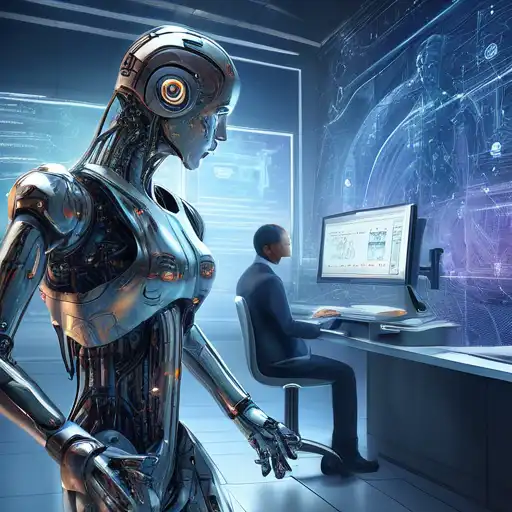Understanding the Distinction Between AI and Machine Learning
In the rapidly evolving world of technology, the terms Artificial Intelligence (AI) and Machine Learning (ML) are often used interchangeably. However, they represent distinct concepts with unique applications and implications. This article delves into the differences between AI and ML, shedding light on their individual roles in the tech landscape.
What is Artificial Intelligence?
Artificial Intelligence is a broad field of computer science focused on creating systems capable of performing tasks that typically require human intelligence. These tasks include problem-solving, understanding natural language, recognizing patterns, and making decisions. AI can be categorized into two types: narrow AI, which is designed for specific tasks, and general AI, which possesses the ability to perform any intellectual task that a human can.
What is Machine Learning?
Machine Learning, a subset of AI, involves the development of algorithms that allow computers to learn from and make predictions or decisions based on data. Unlike traditional programming, where humans explicitly code the behavior of software, ML enables systems to learn and improve from experience without being explicitly programmed for every scenario.
Key Differences Between AI and ML
- Scope: AI encompasses a wider range of technologies and applications, while ML is specifically focused on data-driven learning.
- Functionality: AI systems are designed to simulate human intelligence across various tasks, whereas ML algorithms are tailored to improve performance on specific tasks through data analysis.
- Dependency: ML is dependent on data to learn and make decisions, while AI can operate based on predefined rules without necessarily learning from data.
Applications of AI and ML
Both AI and ML have transformative applications across industries. AI powers virtual assistants, autonomous vehicles, and smart home devices, offering solutions that mimic human behavior. ML, on the other hand, is behind recommendation systems, fraud detection, and predictive analytics, driving efficiency and personalization in services.
Future Trends
The integration of AI and ML is set to deepen, with advancements in deep learning and neural networks pushing the boundaries of what machines can achieve. As these technologies evolve, they will continue to revolutionize sectors such as healthcare, finance, and education, making it crucial for professionals and enthusiasts alike to understand their differences and potential.
For those interested in exploring more about how these technologies are shaping our world, check out our articles on Tech Trends and Data Science.
